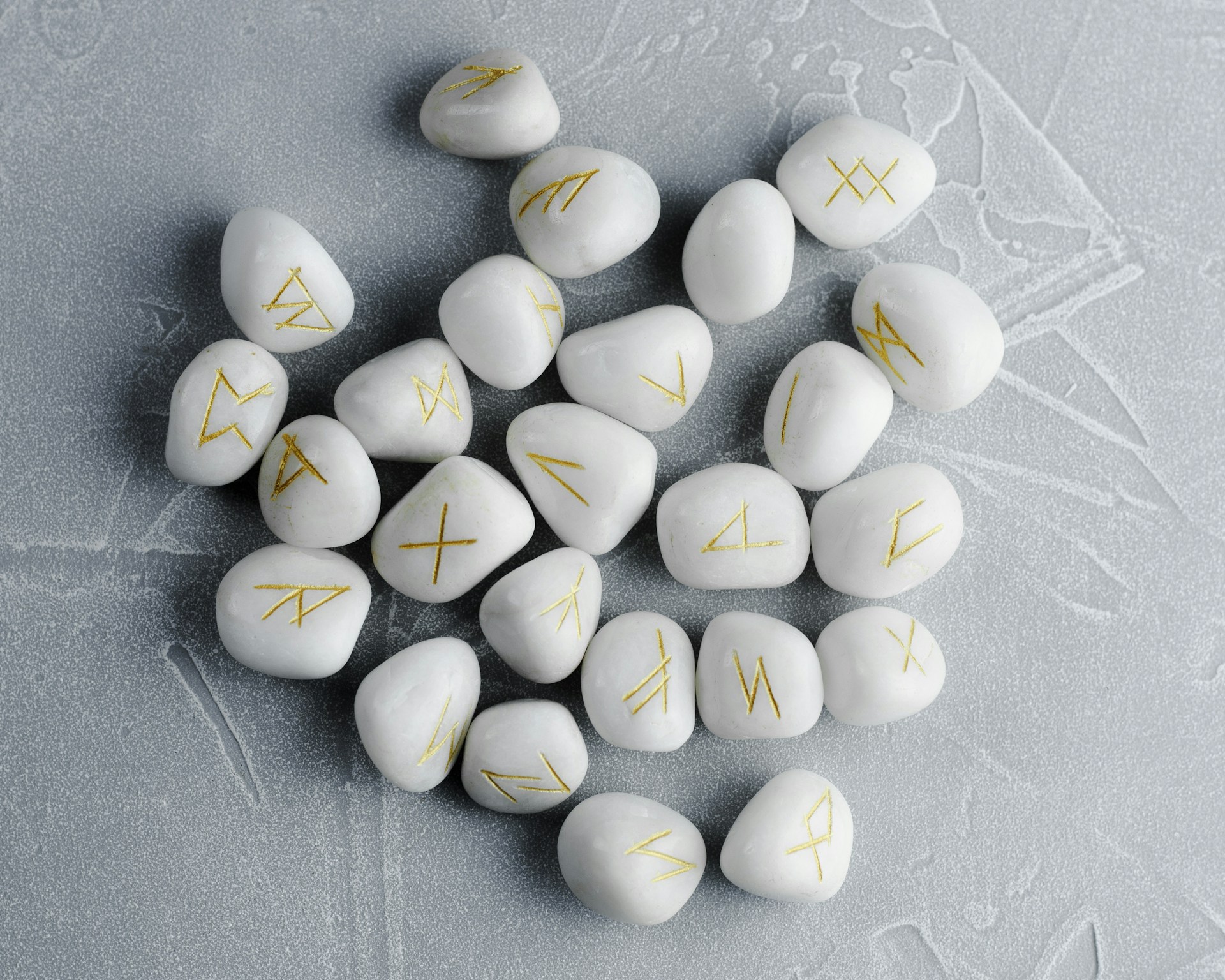Runes are the latest fungible token standard to launch on Bitcoin, following in the footsteps of BRC-20. With the protocol’s launch date set to coincide with the Bitcoin halving, the Bitcoin Web3 community is excited to see what the new token standard will bring.
Read on to learn about the Runes Protocol, how it works, and how Runes tokens differ from BRC-20 tokens.
What Is the Runes Protocol?
Runes is a protocol conceptualized by Ordinals creator Casey Rodarmor, which utilizes Unspent Transaction Output (UTXO) as the foundation to issue fungible tokens and minimize junk UTXOs that clog the Bitcoin network.
Rodarmor announced the Runes protocol in September 2023 as an efficient alternative, addressing BRC-20’s inefficiencies.
While BRC-20 grew in popularity because it allows users to create fungible tokens on Bitcoin, it has been criticized for its complexity and for creating excessive UTXO junk that clogs the network. Runes addresses these shortcomings by reducing the on-chain footprint.
How Does the Bitcoin Runes Token Standard Work?
The Runes protocol integrates with Bitcoin’s existing UTXO model, where transactions consist of inputs and outputs.
When you make a Bitcoin transaction, the output from your previous transaction is used as input in the new transaction. The input is consumed when the transaction is completed, and a new output is generated. UTXO is the generated output at the end of the transaction that tells you how much bitcoin you have left for future transactions and prevents double-spending.
Runes protocol uses OP_RETURN to designate the token supply, ID, and output to a specific UTXO.
The token supply defines how many Rune tokens the specific UTXO can hold, while the ID is the Rune numeric identifier. Initiating a transfer splits the UTXO into multiple UTXOs with varying amounts of Rune. You can use UTXOs to track Rune balances.
Runes protocol utilizes OP_RETURN to store data directly on-chain without affecting Bitcoin network efficiency. OP_RETURN is Bitcoin’s native data storage function with provably unspendable outputs that don’t congest UTXOs.
A single OP_RETURN output encodes all Rune messages (Runestones) in a transaction, including etching, transferring, and minting. Malformed Runestones are called cenotaphs, and the protocol burns all Runes in a cenotaph transaction.
The process of creating new Rune tokens is called etching.
Etching sets the governance rules and unchangeable attributes of the Rune. Runes also have optional pre-mining capabilities where the etcher receives a predetermined amount of the tokens before it goes public.
Runes can undergo open or closed minting, each with structured parameters and conditions set during etching.
Open minting allows anyone who meets previously set conditions to create new tokens. Closed minting only allows token creation under set parameters, such as meeting a threshold or time-lapse. Minting is shut down once the parameters are no longer satisfied.
Runes vs. BRC-20: What’s the Difference?
Runes solves the challenge of excessive UTXO proliferation and network congestion in Bitcoin brought by BRC-20 tokens.
Although Runes and BRC-20 create and issue fungible tokens on the network, Runes integrates with the existing UTXO model, reducing the on-chain data footprint. Therefore, Runes has fewer data storage requirements and is more efficient than BRC-20.
BRC-20 is based on Ordinal Theory, which requires technical knowledge of complex procedures, Ordinals, and off-chain data. Conversely, Runes has a more straightforward system that doesn’t require additional infrastructure, making it user-friendly and accessible.
Runes destroy malformed tokens created with cenotaphs, which imbues the protocol with new semantics to ensure security and minimal unnecessary outputs. Conversely, the BRC-20 token issuance approach leads to high on-chain junk generation, which clogs up the Bitcoin network.
However, Runes needs a standardization framework, which hinders protocol consistency, unlike BRC-20, which has an established standard and is also more accepted in the Bitcoin community.
Here’s a summary of the differences between these two token standards on Bitcoin.
| Runes | BRC-20 | |
| Launch Date | April 2024 | March 2023 |
| Creator | Casey Rodarmor | Domo |
| Model | UTXO | Ordinals |
| Data Storage | OP_RETURN | JSON text |
| Minting | Open and closed | Open |
| Compatibility | SPV wallets, DLC, and Bitcoin L2s like Lightning | Ordinals-supported wallets only |
| On-chain footprint | Minimal | High |
| Standardization | Fragmented | Established standard |
What Will Runes Bring to the Bitcoin Ecosystem?
The Runes protocol’s unique approach to creating fungible tokens on the Bitcoin network can potentially attract more users to the ecosystem. Its simplicity and straightforward procedure make it easier for more people to participate in minting new token projects operating on Bitcoin.
The Runes protocol is UTXO-based, offering a simple asset issuance procedure with a low on-chain footprint that borrows Bitcoin’s security model. An efficient data storage model and burning malformed tokens will make Bitcoin less clogged and more scalable.
Moreover, creating different types of fungible tokens can increase Bitcoin’s utility, improving user adoption in alignment with Bitcoin’s core principles. As more people interact with Runes, transaction fees will incentivize miners to continue securing the network ahead of Bitcoin halving and beyond.
While the protocol is still in development and has yet to showcase its full potential, its promises could revolutionize how we create tokens on Bitcoin and network data management.




